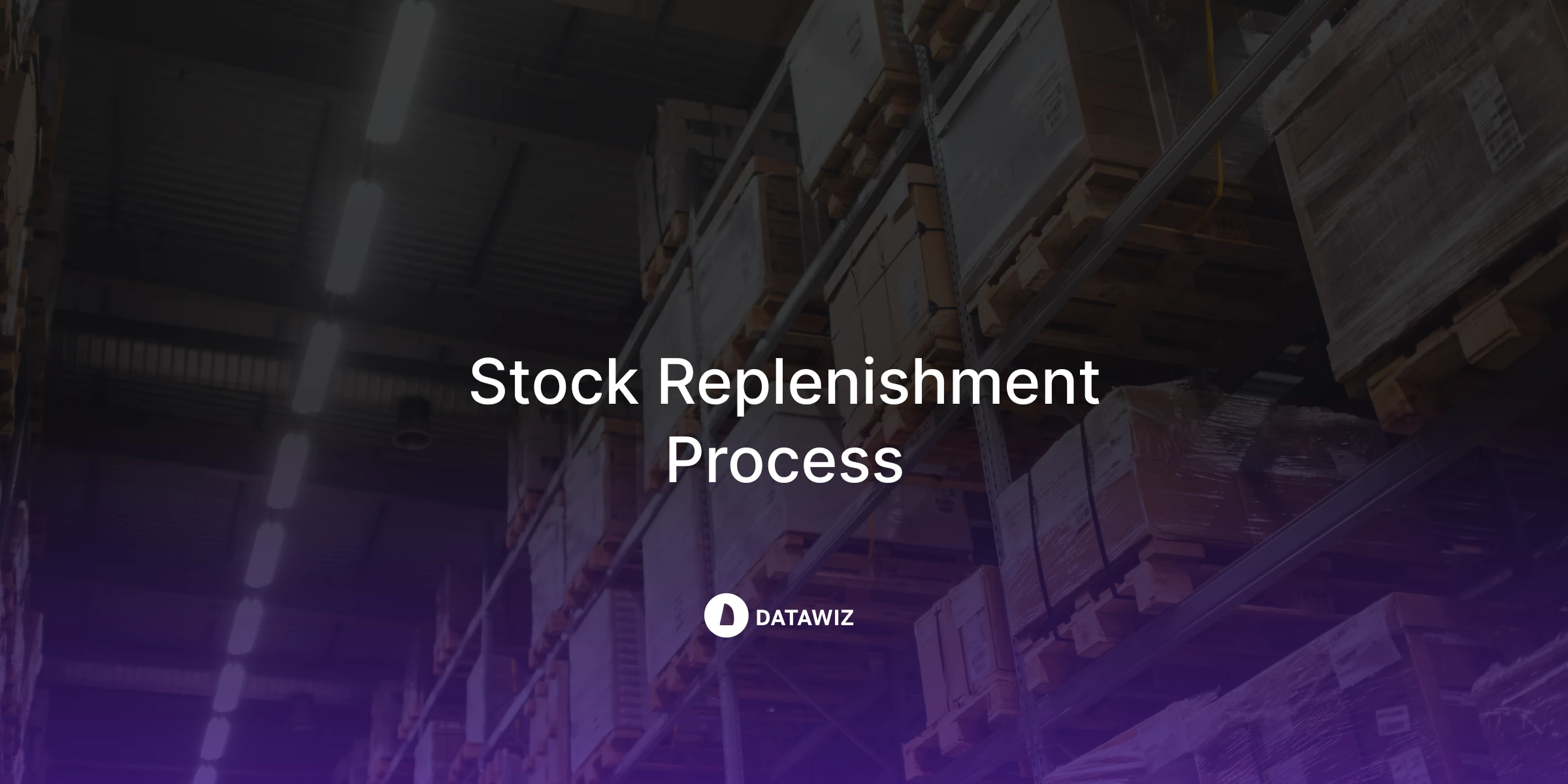What Are Key Value Items (KVI)?
When shoppers visit a store, they quickly decide if the store is “cheap” or “expensive.” This impression doesn’t come from all the prices—they usually remember only a few key ones. These are called KVI positions.
KVI positions (Key Value Items) are specific products that help customers judge the price level of a store. These are the items people buy regularly and remember the price for. If the price is low or fair, they think the whole store is affordable. If the price is too high, they might go somewhere else.
For example, most people remember how much milk, bananas, potatoes, or cheese cost. When they come to your store and see the price of these items, they compare it to what they expect. If thepricematches or is even lower, the store is seen as a good place to shop.
These key items shape the price image of a store. They are very important for customer trust. Even if they only make up 8–15% of the whole product range, they strongly affect how people see your prices overall.
Why is KVI Pricing Strategy in Retail so Important?
- Shaping Price Perception: KVI pricing affects how consumers view the affordability of your entire store. If your store is known for fair pricing on critical goods, shoppers assume the rest of your catalog is fairly priced too.
- Driving Store Traffic: Strategically lowering KVI prices can pull customers into your stores or onto your online platforms. Once there, they are likely to purchase non-KVI items with highermargins.
- Improving Price Competitiveness: In today’s retail environment, where shoppers can easily compare prices online, retailers that manage KVIs well maintain a competitive edge.
- Boosting Profitability Through the Value Chain: Proper KVI management doesn’t just reduce prices; it redirects attention. Lower margins on KVI items are often compensated by increased sales of higher-margin items that are less price-sensitive.
- Data-Driven Decision Making: KVIs are essential inputs into predictive pricing algorithms. They allow retailers to dynamically adjust pricing strategies based on real-time market demand and competitor pricing.
How Do KVI Positions Help Increase Profits?
At first glance, selling KVIs at lower margins may seem counterproductive to profitability. However, the role of KVIs is less about margin per unit and more about the larger financial picture. Strategically pricing KVIs can:
- Attract More Customers: Competitive KVI prices act as a drawcard, increasing store visits and traffic.
- Boost Basket Size: Once a customer is in-store or online, they are more likely to purchase additional non-KVI items with higher margins.
- Enhance Price Image: A favorable price image encourages loyalty and return visits, ultimately increasing lifetime customer value.
- Enable Upsell Opportunities: KVIs can be placed near complementary or premium versions, nudging consumers to explore options.
Moreover, effective KVI pricing can act as a catalyst for broader promotions, store campaigns, and strategic pricing shifts that improve overall performance.
KVI Categories
To execute a robust KVI strategy, retailers must properly segment their assortment. Here are the key segments:
- KVI (Key Value Items): High-visibility items, price-sensitive, often branded, frequent purchases.
- FPG (First Price Goods): Entry-level goods, private label or generic, with minimal pricing margin.
- Private Label (PL): Store-brand items with higher margins and strong customer loyalty.
- Back Basket: Low-frequency or impulse goods with less price sensitivity and higher markup potential.
Strategic pricing across these categories ensures a balanced margin while preserving the value image.
KVI Retail Strategy Examples
Let’s consider a few real-world scenarios:
- Supermarkets often use bananas, milk, or bread as KVIs. These items are staple purchases for many shoppers. Retailers may set a lower KVI price to increase foot traffic and balance it with profitable items like gourmet cheese or ready-to-eat meals.
- Electronics retailers may designate popular smartphone models as KVIs. Consumers are highly aware of their pricing and use them as benchmarks when evaluating store affordability.
- Pharmacies might use over-the-counter medicines or hygiene products as KVIs. Once a shopper is in-store, they’re more likely to purchase cosmetics, supplements, or health-related gadgets with better margins.
- Online marketplaces often identify KVIs from customer reviews, page views, and cart data. By lowering the KVI pricing for popular items, they enhance customer trust and increase the likelihood of basket expansion.
KVI Full Form in Retail
Let’s begin by clarifying the terminology. KVI full form in retail stands for Key Value Item. These are specific products that customers consistently use as benchmarks to judge whether a store is expensive or affordable. Due to their high visibility and purchase frequency, the prices of KVIs can either build trust or turn away shoppers.
A typical example includes products like milk, eggs, sugar, bottled water, or popular brand-name chocolates. These are items with stable, predictable demand, and customers are highly sensitive to their prices.
How to Identify and Manage KVI Positions
Managing KVIs is both an art and a science. Retailers must leverage data-driven tools and business intelligence systems to dynamically monitor, adjust, and optimize KVI prices. Manual methods are no longer sufficient due to the complexity of market variables and consumer behavior.
This is where modern solutions like the Datawiz BI system become indispensable. The platform provides in-depth analytics and visualization tools that help retailers:
- Identify which items function as KVIs across various customer segments.
- Benchmark KVI prices against competitors in real time.
- Track elasticity and pricing impact on sales volumes and margins.
- Monitor trends and consumer response to pricing changes.
- Forecast optimal pricing scenarios using machine learning.
By integrating Datawiz’s solutions into the pricing workflow, retailers can continuously refine their KVI lists and adjust pricing in near-real time. The system’s intuitive dashboards and flexible reporting help pricing teams make better decisions faster, reducing risk and increasing profitability.
KVI pricing is more than a tactic—it’s a strategic necessity in modern retail. By understanding the KVI meaning in retail, leveraging accurate data, and adopting a structured approach, retailers can boost customer trust, attract more traffic, and enhance profitability.
With technologies likeDatawiz, managing Key Value Items becomes not only easier but far more impactful. In the age of digital transformation, smart pricing strategies powered by real-time insights are what set successful retailers apart.
Understanding your KVIs today is the first step to transforming your pricing strategy tomorrow.
 What's new?
What's new?





 No credit card required
No credit card required